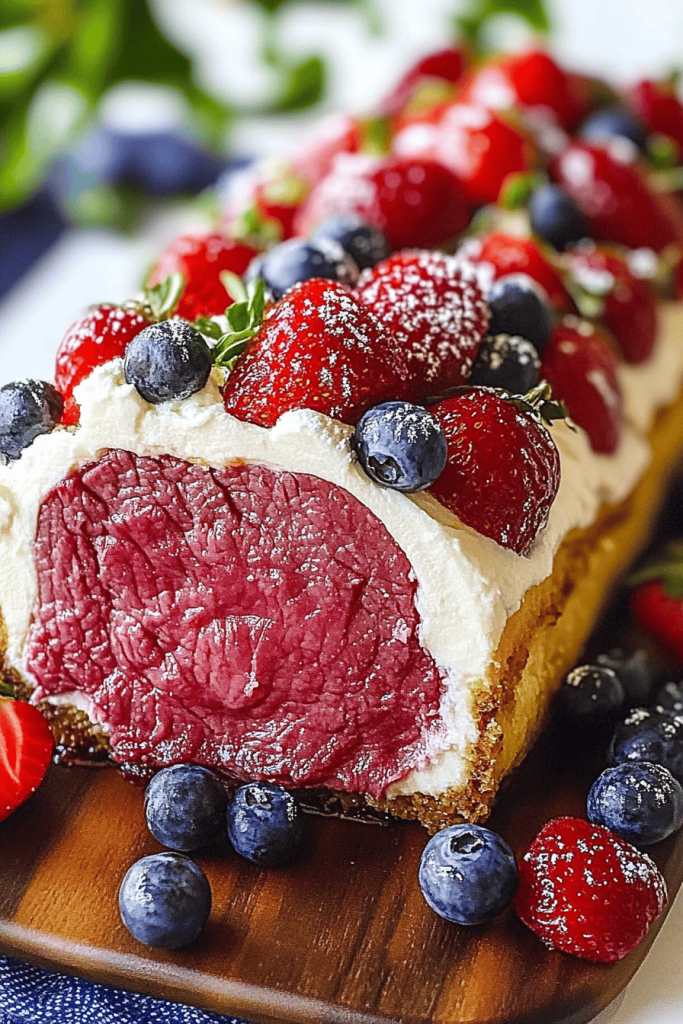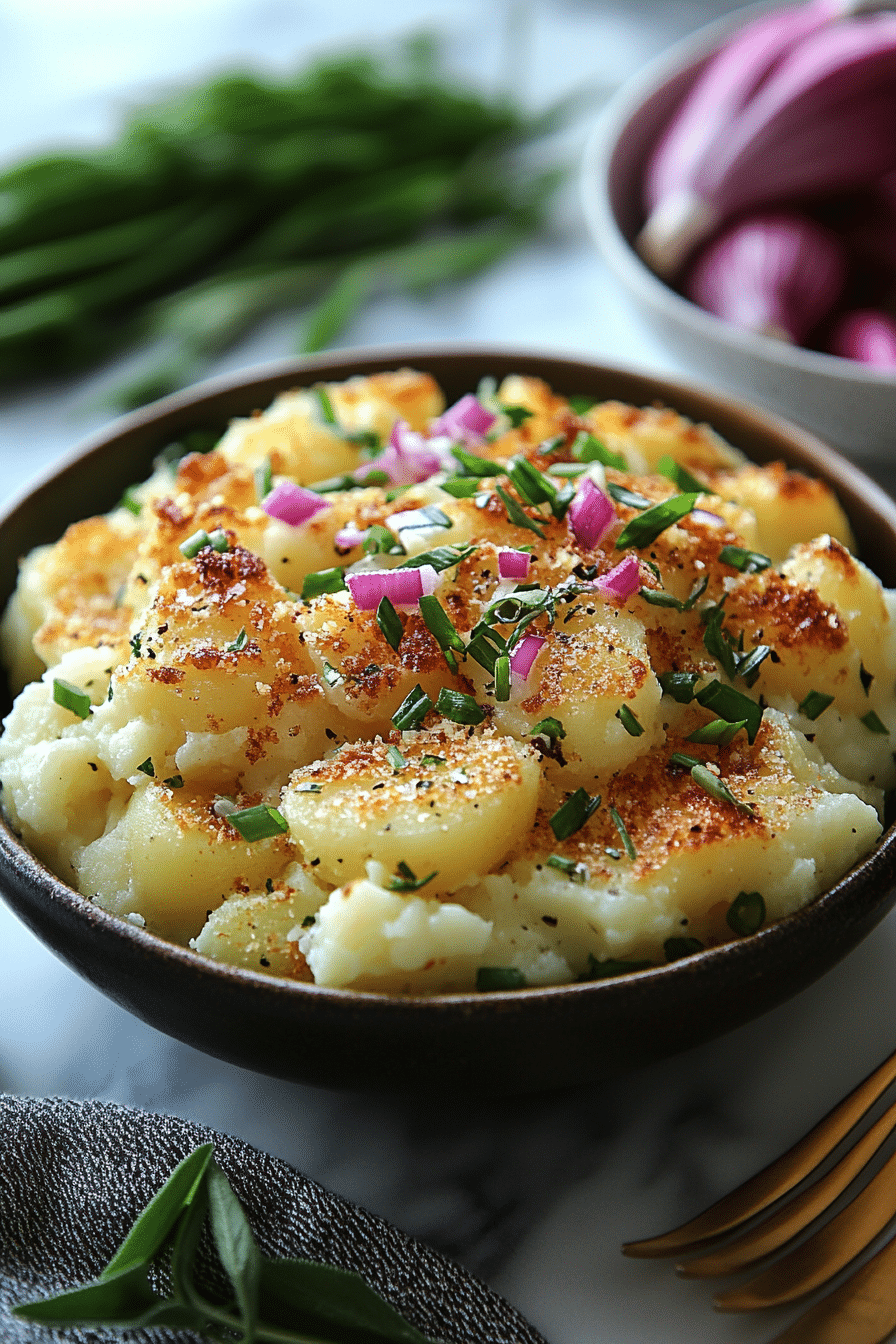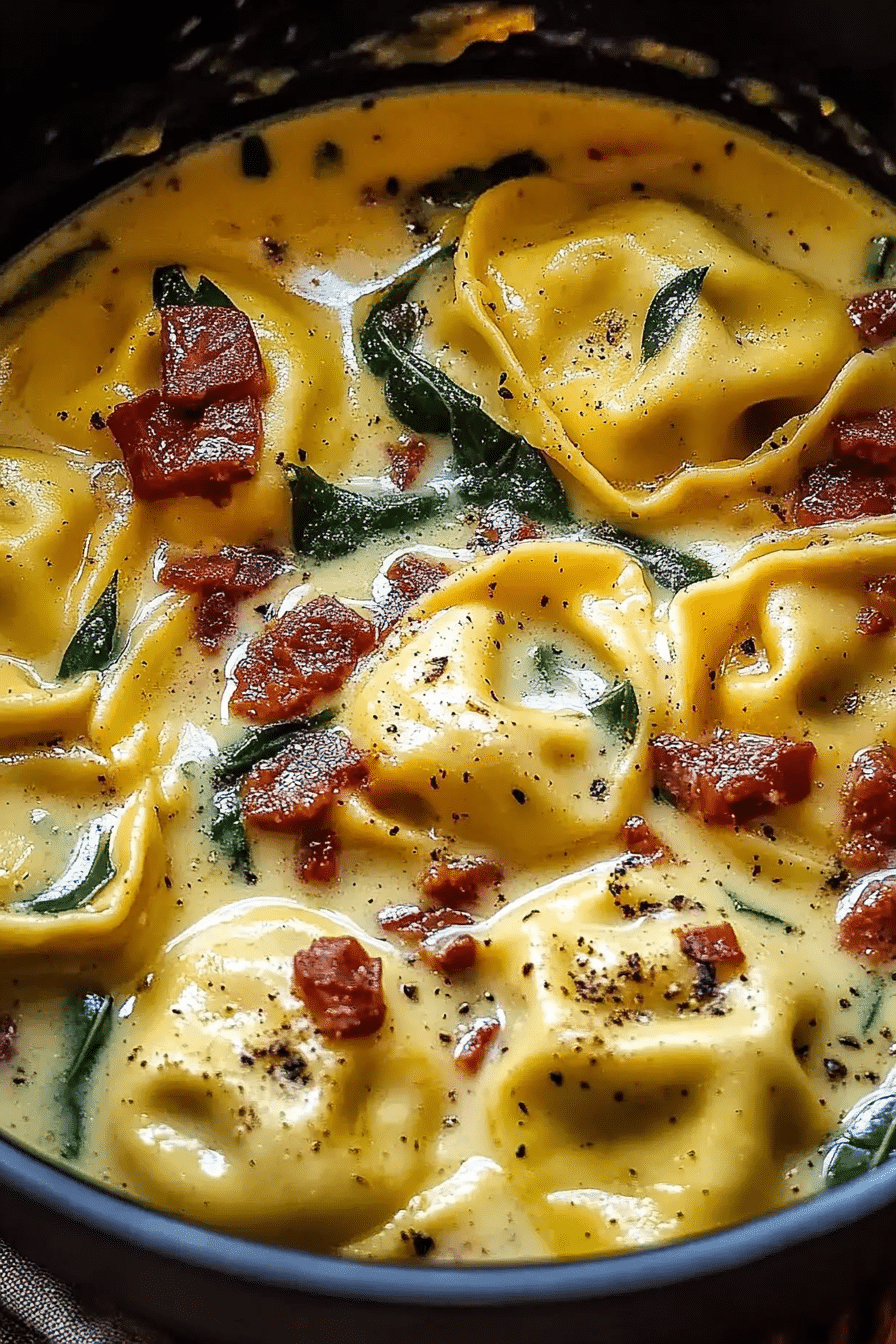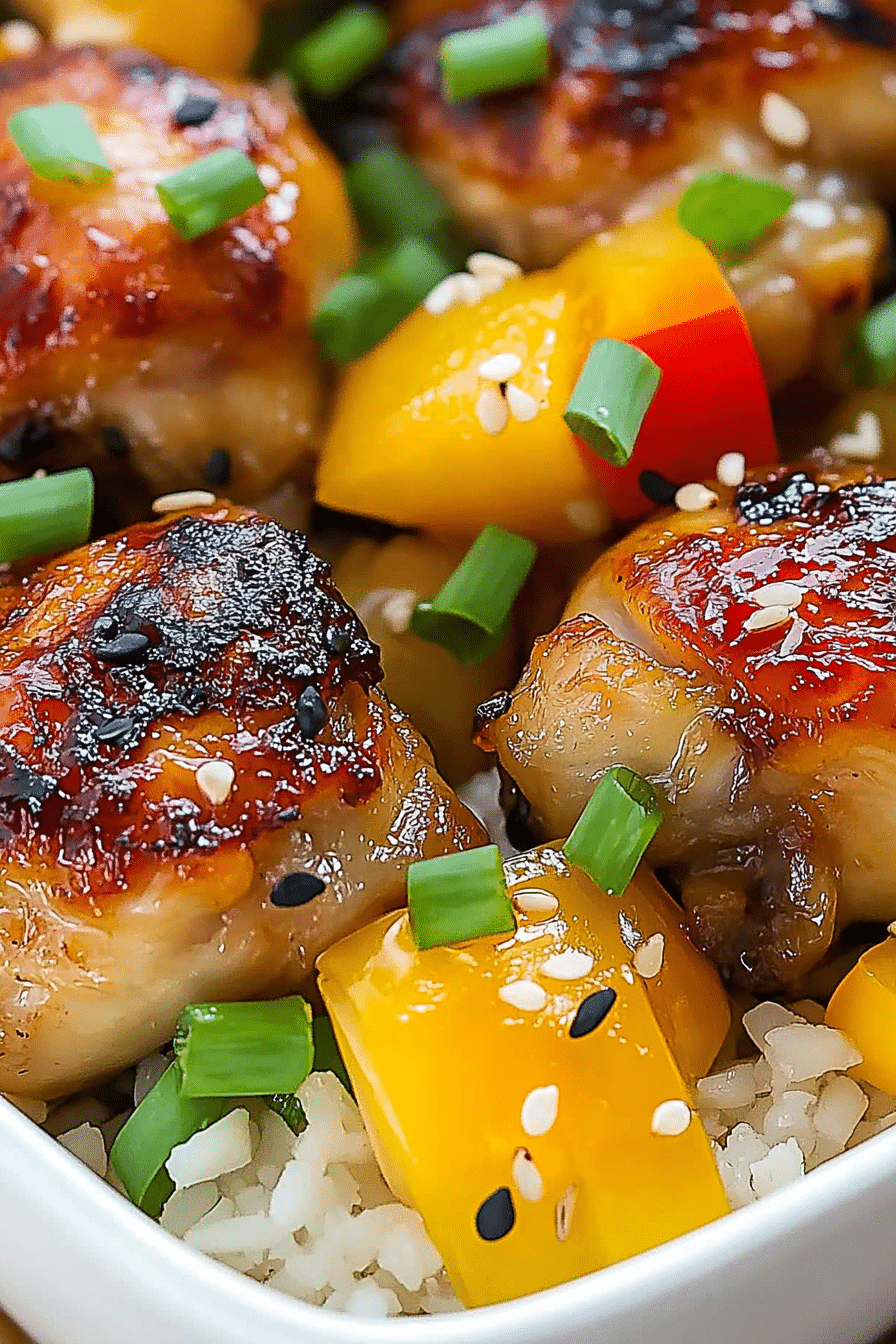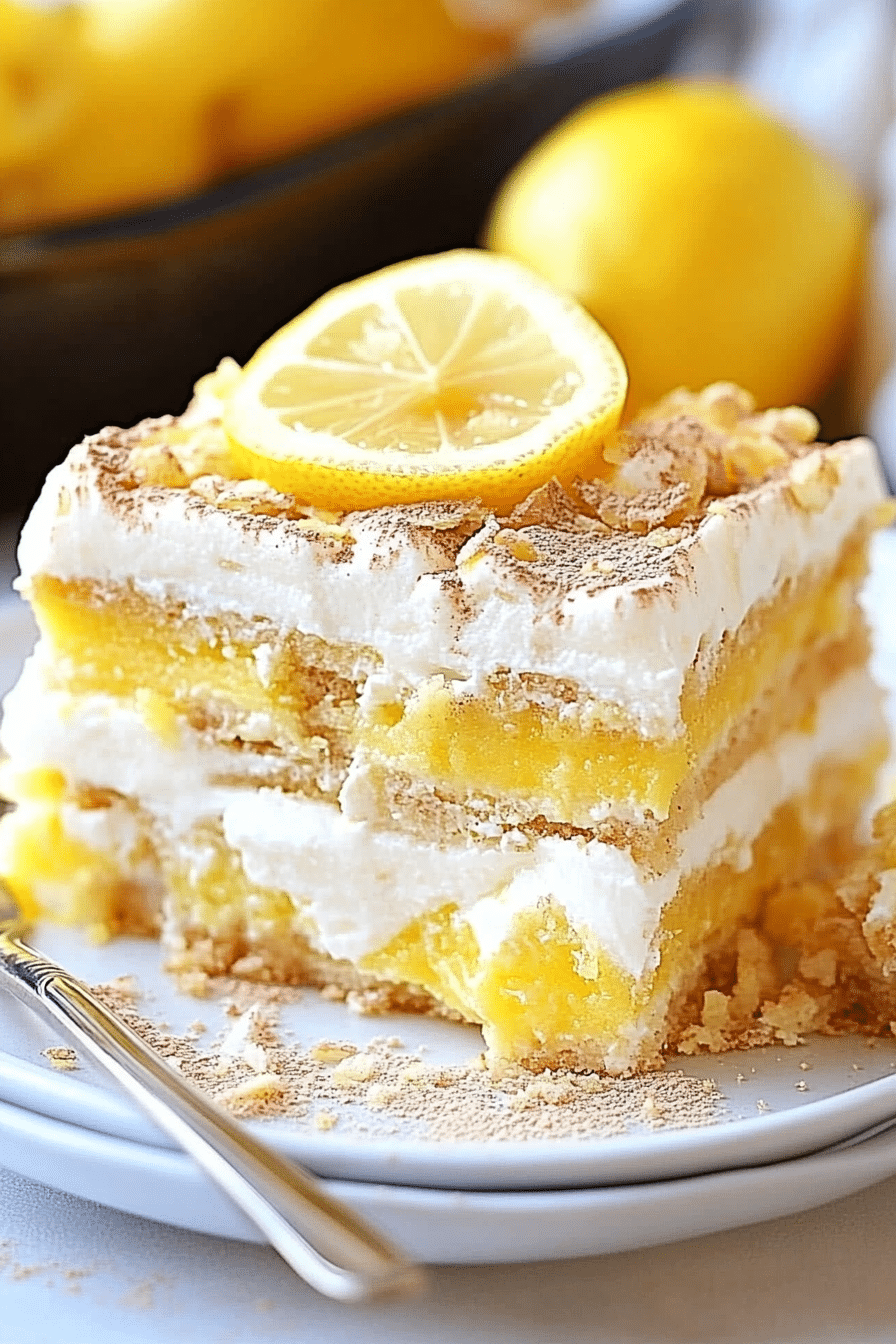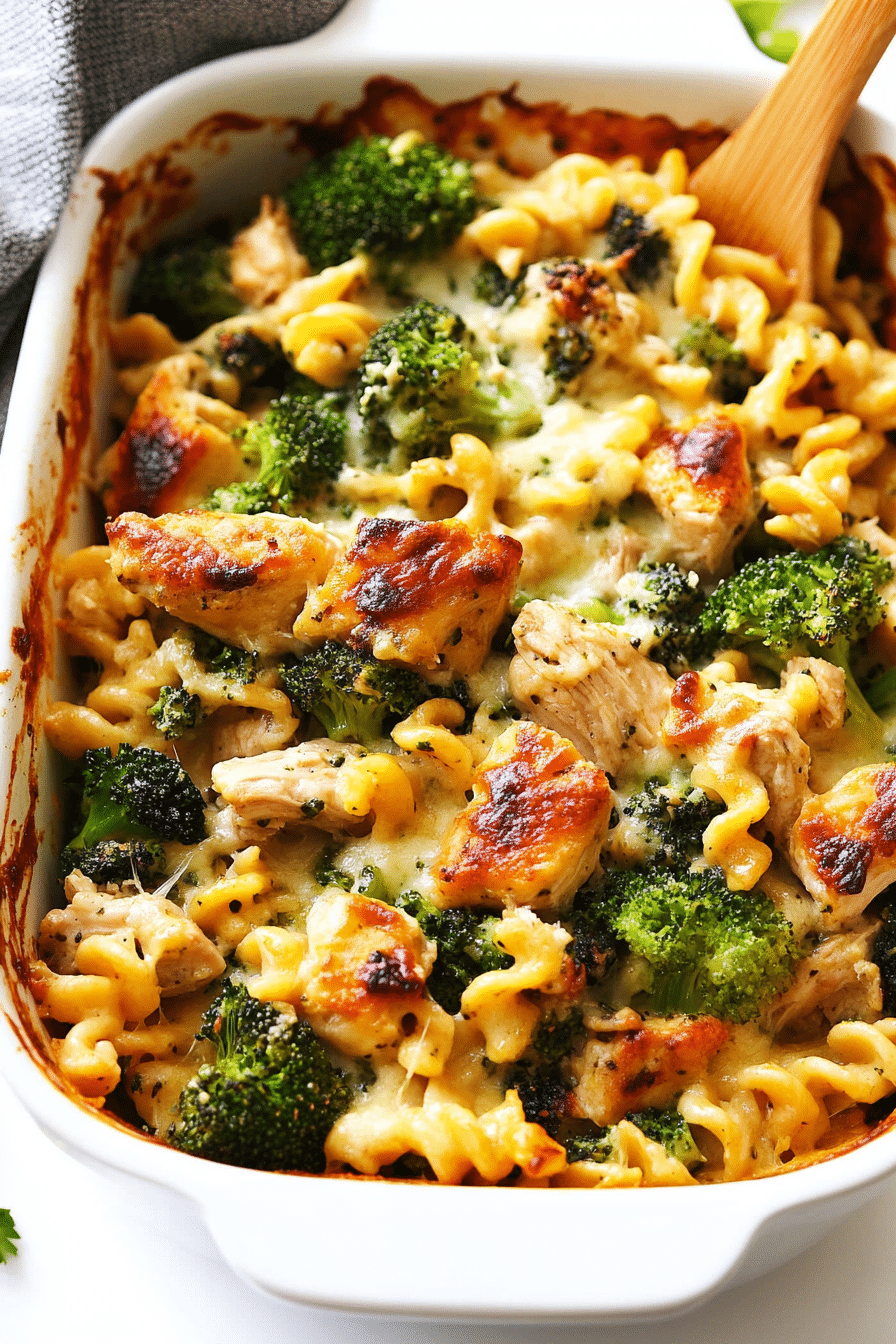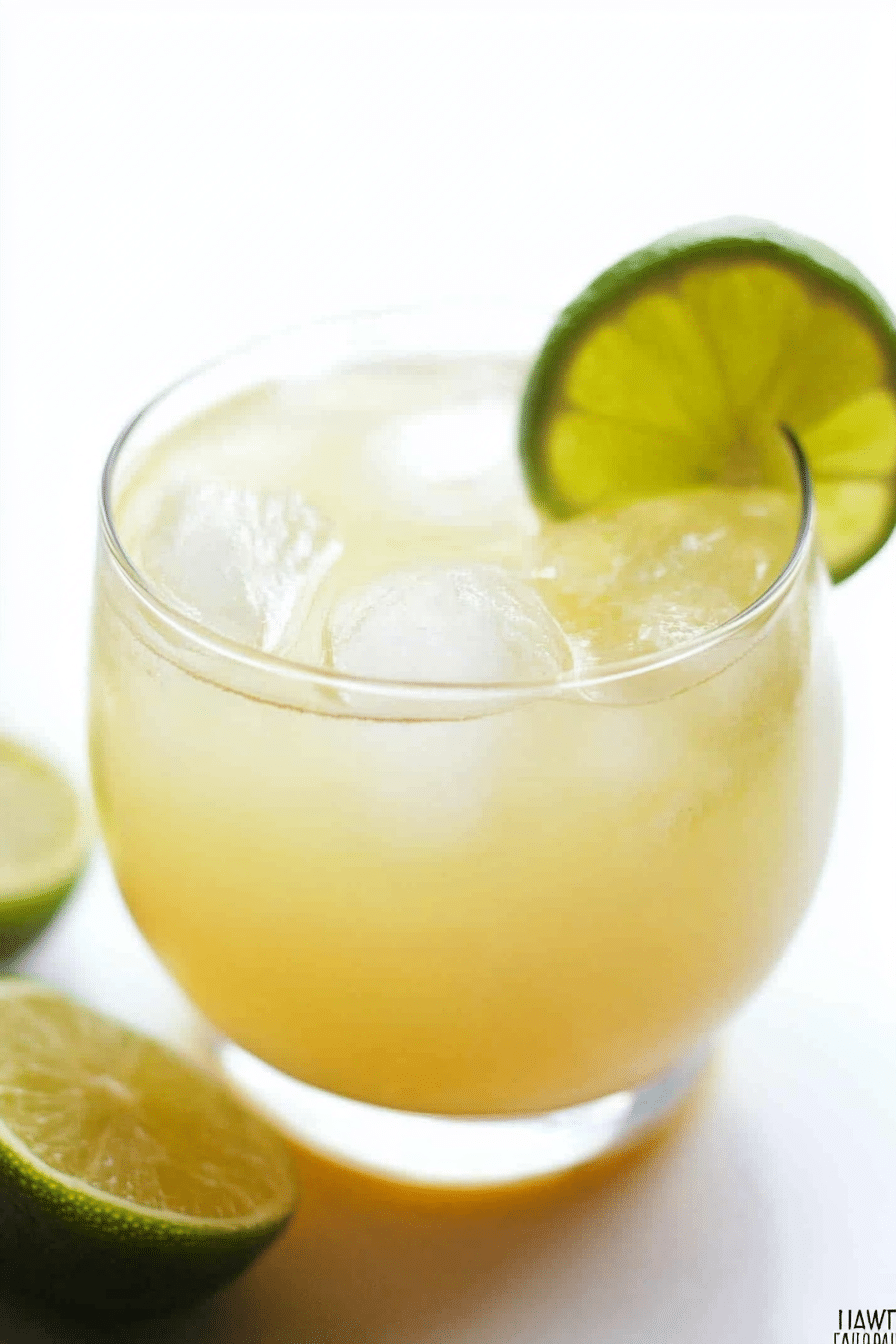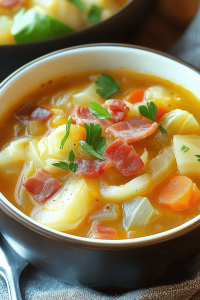You know, there are certain dishes that just feel like a hug on a plate. For me, that’s this beef tenderloin. It’s the kind of meal that makes a regular Tuesday feel like a special occasion, or a holiday gathering feel utterly effortless. I remember the first time I attempted a beef tenderloin for a big family dinner, convinced I was going to mess it up spectacularly. I’d seen those fancy restaurant presentations and thought, “No way can I do that at home.” But this recipe? It changed my mind entirely. It’s not about complicated techniques or obscure ingredients; it’s about respecting the star of the show – the beef tenderloin itself – and letting it shine. It’s surprisingly forgiving, and the results are consistently, jaw-droppingly good. Forget those dry, overcooked failures of the past; this is the beef tenderloin that will make you feel like a culinary rockstar. It’s truly a game-changer, and honestly, a lifesaver when I need something impressive without the stress.
Thank you for reading this post, don't forget to subscribe!
What is this amazing Beef Tenderloin?
So, what exactly are we talking about when I rave about this beef tenderloin? Think of it as the ultimate indulgence, but made totally accessible for your own kitchen. It’s a magnificent cut of beef, renowned for its incredible tenderness and mild, buttery flavor. It’s one of those cuts that doesn’t need a lot of fussing; it’s naturally delicious. This particular recipe focuses on bringing out the Absolute Best in it, with a simple yet incredibly effective method that ensures a perfect sear on the outside and a melt-in-your-mouth juicy center. It’s essentially a masterclass in roasting, distilled into a straightforward approach that anyone can follow. It’s not a complicated pot roast, nor is it a heavily sauced dish. The beauty here is in its purity – letting the quality of the beef tenderloin truly sing. It’s the kind of dish that makes people ask, “Did you buy this from a gourmet shop?” and you get to beam and say, “Nope, I made it!”
Why you’ll love this recipe?
What are some of the reasons this beef tenderloin recipe has stolen my heart (and the hearts of everyone who has ever tasted it)?flavor. Oh, the flavor! It’s rich, deeply savory, with just a hint of that wonderful beefy goodness. The simple seasoning really allows the natural taste of the tenderloin to come through, amplified by that perfect crust. And then there’s the simplicity. I know, I know, beef tenderloin sounds fancy, but I promise you, this method is remarkably easy. There are no complicated marinades to worry about overnight, no techniques that require a culinary degree. It’s mostly hands-off roasting time, which is music to my ears on busy days. What I love most about this is how cost-efficient it can be compared to ordering it out. While a primal cut can seem like an investment, when you consider the incredible quality and portion size you get from cooking it at home, it’s actually a fantastic value. Plus, the versatility is a huge win. This isn’t a one-trick pony. You can slice it thick for a classic dinner, shred leftovers for incredible sandwiches, or dice it for a quick beef stir-fry. I’ve even seen friends use it for elevated taco nights, which is genius! Compared to other roasts, this beef tenderloin recipe truly stands out because of its foolproof nature and consistently stunning results. It’s the kind of recipe you’ll bookmark, dog-ear, and pull out time and time again when you want to impress without breaking a sweat.
How do I make this dreamy beef tenderloin?
Quick Overview
The magic of this beef tenderloin lies in its straightforward approach. We’ll start by giving the roast a beautiful sear to lock in juices and create that irresistible crust, then let it roast gently in the oven until it reaches a perfect medium-rare (or your preferred doneness). The key is temperature control and a little bit of patience. It’s about building layers of flavor without overcomplicating things, ensuring that every bite is tender, juicy, and utterly delicious. This method is designed to give you restaurant-quality results with minimal fuss, making it perfect for both weeknight indulgence and impressive entertaining.
Ingredients
For the Beef Tenderloin:
Here’s what you’ll need to get started. I always try to source the best quality beef tenderloin I can find. Look for a center-cut piece if possible – they’re the most uniform in thickness, which helps with even cooking. For a typical family of 4-6, a 2-3 pound roast is usually perfect. Don’t be afraid to ask your butcher to trim any excess silver skin; it’s a little stringy bit that doesn’t break down well during cooking. The salt and pepper are crucial – I like to use a good quality coarse sea salt or kosher salt, and freshly cracked Black Pepper. I usually do about 1 tablespoon of salt and 1-2 teaspoons of pepper for a 2-3 pound roast, but honestly, I just eyeball it now. You want a nice, even coating!
For the Simple Pan Sauce (Optional but Highly Recommended!):
This is where we add an extra layer of amazingness without much effort. You’ll need a splash of good quality olive oil or butter for searing, a couple of cloves of garlic (minced, because garlic makes everything better, right?), about 1 cup of beef broth (low-sodium is best so you can control the salt), and a tablespoon or two of Worcestershire sauce for that umami depth. If you’re feeling fancy, a splash of Red Wine here is incredible, or even a knob of butter swirled in at the end for richness.
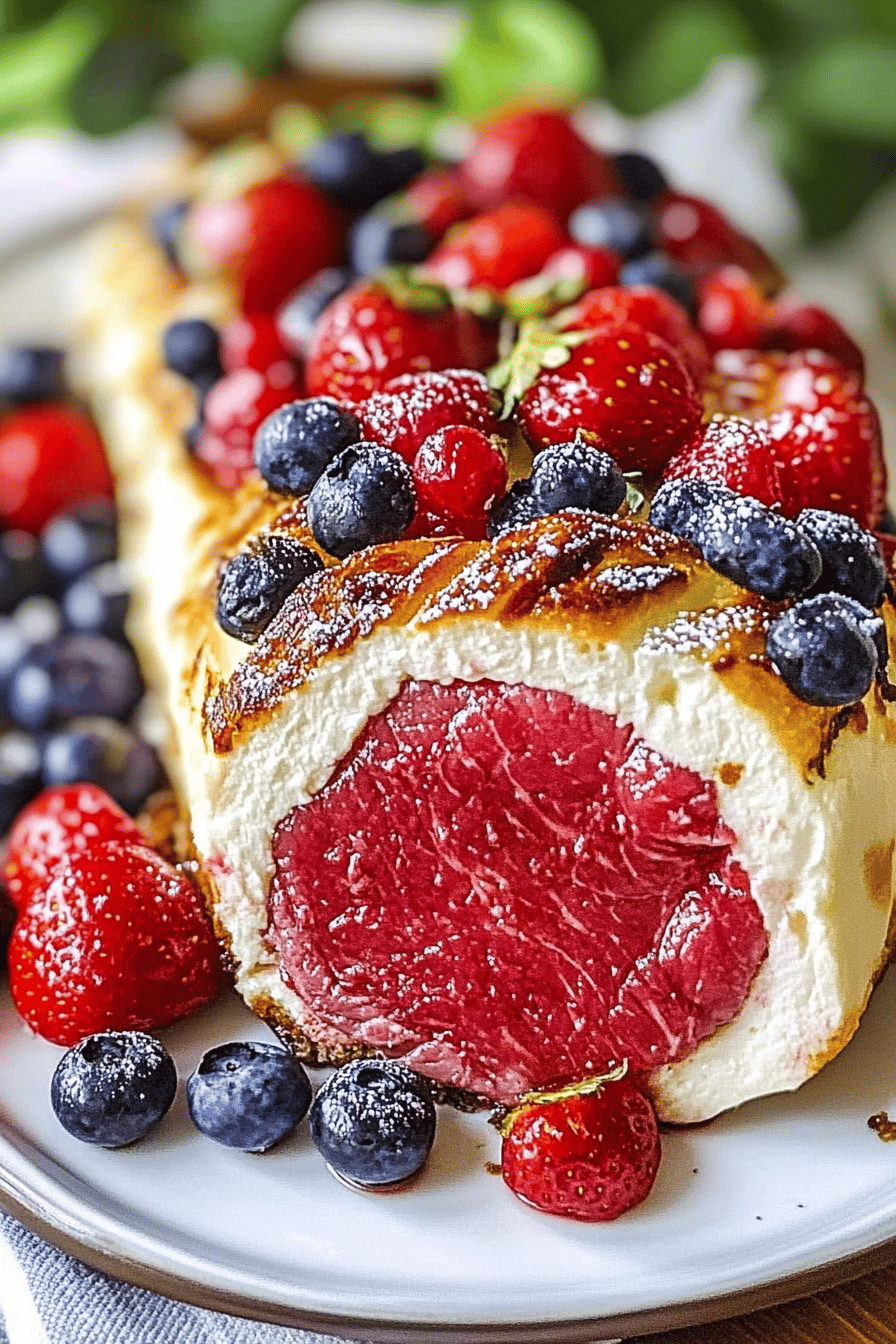
“Made the Beef tenderloin tonight and wow — perfect weeknight dinner. Will definitely make again!”
Step-by-Step Instructions
Step 1: Preheat & Prep Pan
First things first, take your beef tenderloin out of the fridge about 45 minutes to an hour before you plan to cook it. This is super important for even cooking! You want it to come closer to room temperature. While that’s happening, preheat your oven to a nice, hot 400°F (200°C). Grab a heavy, oven-safe skillet – cast iron is my absolute favorite for this. Add a tablespoon of Olive oil or butter to the skillet and place it over medium-high heat. You want it to get nice and hot, almost shimmering, but not smoking aggressively.
Step 2: Sear the Tenderloin
Pat the beef tenderloin completely dry with paper towels. Seriously, pat it dry. This is key for getting a good sear! Generously season all sides of the roast with your coarse salt and freshly cracked Black Pepper. Now, carefully place the seasoned tenderloin into the hot skillet. Let it sear undisturbed for about 2-3 minutes per side, until you have a beautiful, deep brown crust all around. Don’t overcrowd the pan if you’re cooking multiple pieces; sear them in batches.
Step 3: Add Aromatics (If Making Pan Sauce)
Once all sides of the tenderloin are nicely seared, carefully remove the roast from the skillet and set it aside on a plate. If you’re making the pan sauce, you can reduce the heat slightly. Add your minced garlic to the skillet and sauté for about 30 seconds until fragrant, being careful not to burn it. Then, pour in the beef broth and Worcestershire sauce (and red wine, if using). Scrape up any browned bits from the bottom of the pan – that’s where all the flavor is!
Step 4: Transfer to Oven
If you used a skillet that’s oven-safe, you can simply return the tenderloin to the skillet (or nestle it in the simmering sauce). If not, transfer it to a small roasting pan. Pop the skillet or roasting pan into your preheated 400°F (200°C) oven.
Step 5: Roast to Perfection
This is where the magic happens. The roasting time will vary depending on the thickness of your tenderloin and your desired doneness. For a 2-3 pound roast, aiming for medium-rare (130-135°F or 54-57°C), it usually takes about 15-20 minutes per pound. I highly recommend using an instant-read meat thermometer. Insert it into the thickest part of the roast, avoiding any large pockets of fat. You’re looking for an internal temperature of:
- 120-125°F (49-52°C) for rare
- 130-135°F (54-57°C) for medium-rare (my personal favorite!)
- 140-145°F (60-63°C) for medium
Remember, the temperature will rise a few degrees as it rests, so pull it out when it’s a little shy of your target. Don’t overcook it – that’s the biggest mistake people make with beef tenderloin!
Step 6: Rest is Best
This step is NON-NEGOTIABLE. Once it reaches your desired temperature, carefully remove the beef tenderloin from the oven. Transfer it to a clean cutting board and tent it loosely with foil. Let it rest for at least 10-15 minutes. This allows the juices to redistribute throughout the meat, ensuring every slice is incredibly tender and moist. If you skip this, all those delicious juices will run out onto your cutting board, and nobody wants that!
Step 7: Finish the Pan Sauce (Optional)
While the tenderloin is resting, you can finish the pan sauce. If it seems a bit thin, you can simmer it for a few more minutes to reduce and thicken slightly. Taste and adjust seasoning if needed. For an extra touch of decadence, swirl in a tablespoon or two of cold butter just before serving. It makes the sauce glossy and incredibly rich.
Step 8: Slice and Serve
Once rested, slice the beef tenderloin against the grain into ½-inch thick medallions. Spoon some of that glorious pan sauce over the top, or serve it on the side. And there you have it – a show-stopping beef tenderloin that you made yourself!
“I don’t know if I’ve ever eaten a better Beef tenderloin. The rub alone is wonderful, but the sauce??? Over the top!”
What to Serve It With
This beef tenderloin is so versatile, it’s practically begging to be paired with a variety of delicious sides. For a classic, elegant dinner, I absolutely adore it with creamy mashed potatoes or a rich, buttery potato gratin. Roasted asparagus or green beans almondine are also fantastic complements, adding a touch of freshness and a slight crunch. If you’re going for a more rustic feel, consider serving it alongside some roasted root vegetables like carrots, parsnips, and sweet potatoes. For a real treat, my family loves it with a dollop of horseradish cream or a simple chimichurri sauce on the side. And don’t forget a good crusty bread to sop up any of those wonderful pan juices! It’s also fabulous carved and served cold the next day in sandwiches with a good dijonnaise, or even diced and tossed into a hearty salad. It truly elevates any meal.
Top Tips for Perfecting Your Beef Tenderloin
Alright, let’s talk about getting this perfect every single time. The most crucial step is definitely the temperature control. I cannot stress enough how important a good instant-read thermometer is. It’s your best friend for preventing overcooked beef. I’ve learned the hard way that pulling the roast out *just* before it hits your target temperature is key, as it will continue to cook while it rests. Speaking of resting, don’t rush it! That 10-15 minutes is critical for tenderness. I know it’s tempting to slice into it immediately, but trust me on this one. Another thing I always do is ensure the roast is completely dry before seasoning and searing. Moisture is the enemy of a good crust! A quick pat-down with paper towels makes a world of difference. When it comes to seasoning, don’t be shy with the salt and pepper. A generous, even coating is what creates that flavorful exterior. For the pan sauce, scraping up those browned bits, known as the fond, is where the real flavor lives. Don’t leave them behind! If your tenderloin is uneven in thickness, you can tie it with butcher’s twine to create a more uniform shape for even cooking. I’ve also found that placing the roast on a small rack in the roasting pan can help with air circulation for a more even cook, though a good sear in a skillet is usually enough. Finally, remember that ovens can vary. Get to know your oven and adjust cooking times accordingly. It’s better to check the temperature a few minutes early than to overcook it!
Storing and Reheating Tips
Once you’ve had your fill of this glorious beef tenderloin, you’ll want to store any leftovers properly to keep them delicious. For short-term storage, wrap the leftover cooked beef tightly in plastic wrap or place it in an airtight container in the refrigerator. It should stay fresh and tasty for about 3-4 days. The pan sauce can be stored separately in a similar fashion. When you’re ready to reheat, I always recommend doing it gently to avoid drying out the meat. The best way, in my opinion, is to slice the tenderloin and then gently warm the slices in a skillet over low heat with a splash of water or broth, or even a bit of the leftover pan sauce. You can also reheat it in a covered oven-safe dish at a low temperature (around 250°F or 120°C) with a little liquid. Microwaving is an option, but be extra careful to do it in short bursts and stir, as it can easily make the meat tough. If you plan to freeze leftovers, wrap the cooked and cooled tenderloin tightly in plastic wrap, then again in aluminum foil, or place it in a heavy-duty freezer bag. It should keep well in the freezer for up to 2-3 months. Thaw it overnight in the refrigerator before reheating using the gentle methods mentioned above. If you have leftover pan sauce, it freezes beautifully too!
Frequently Asked Questions
Final Thoughts

There you have it – my tried-and-true method for creating an absolutely show-stopping beef tenderloin. It’s a dish that proves you don’t need to be a professional chef to create something truly memorable. The combination of that beautiful sear, the tender, juicy interior, and the simple yet flavorful pan sauce is just perfection. It’s the kind of meal that makes everyone at the table feel a little bit special, and honestly, that’s what cooking is all about, right? If you love this recipe, you might also enjoy my recipe for a perfectly roasted prime rib or my foolproof method for making duck confit – both are incredible for special occasions! I truly hope you give this beef tenderloin a try. I can’t wait to hear how it turns out for you, and I’m always eager to see your photos and read your comments below. Happy cooking, and enjoy every delicious bite!
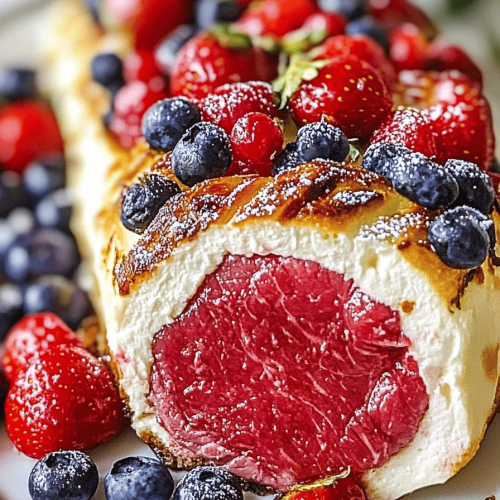
Beef Tenderloin
Ingredients
Main Ingredients
- 2.5 pound Beef tenderloin roast
- 2 tablespoon Olive oil
- 1.5 teaspoon Salt
- 0.75 teaspoon Black pepper
- 2 cloves Garlic minced
- 1 bunch Fresh rosemary chopped
Instructions
Preparation Steps
- Preheat your oven to 400°F (200°C).
- Pat the beef tenderloin dry with paper towels. This helps create a better sear.
- In a small bowl, mix together olive oil, salt, pepper, minced garlic, and chopped rosemary.
- Rub the herb and oil mixture all over the beef tenderloin.
- Place the beef tenderloin on a roasting rack in a baking pan.
- Roast for 15 minutes at 400°F (200°C).
- Reduce the oven temperature to 325°F (160°C) and continue roasting for another 30-40 minutes, or until a meat thermometer inserted into the thickest part registers 125°F (52°C) for rare or 135°F (57°C) for medium-rare.
- Remove the beef tenderloin from the oven and let it rest for at least 10-15 minutes before carving. This allows the juices to redistribute, making the meat more tender and flavorful.
- Carve the beef tenderloin into thick slices and serve immediately.


